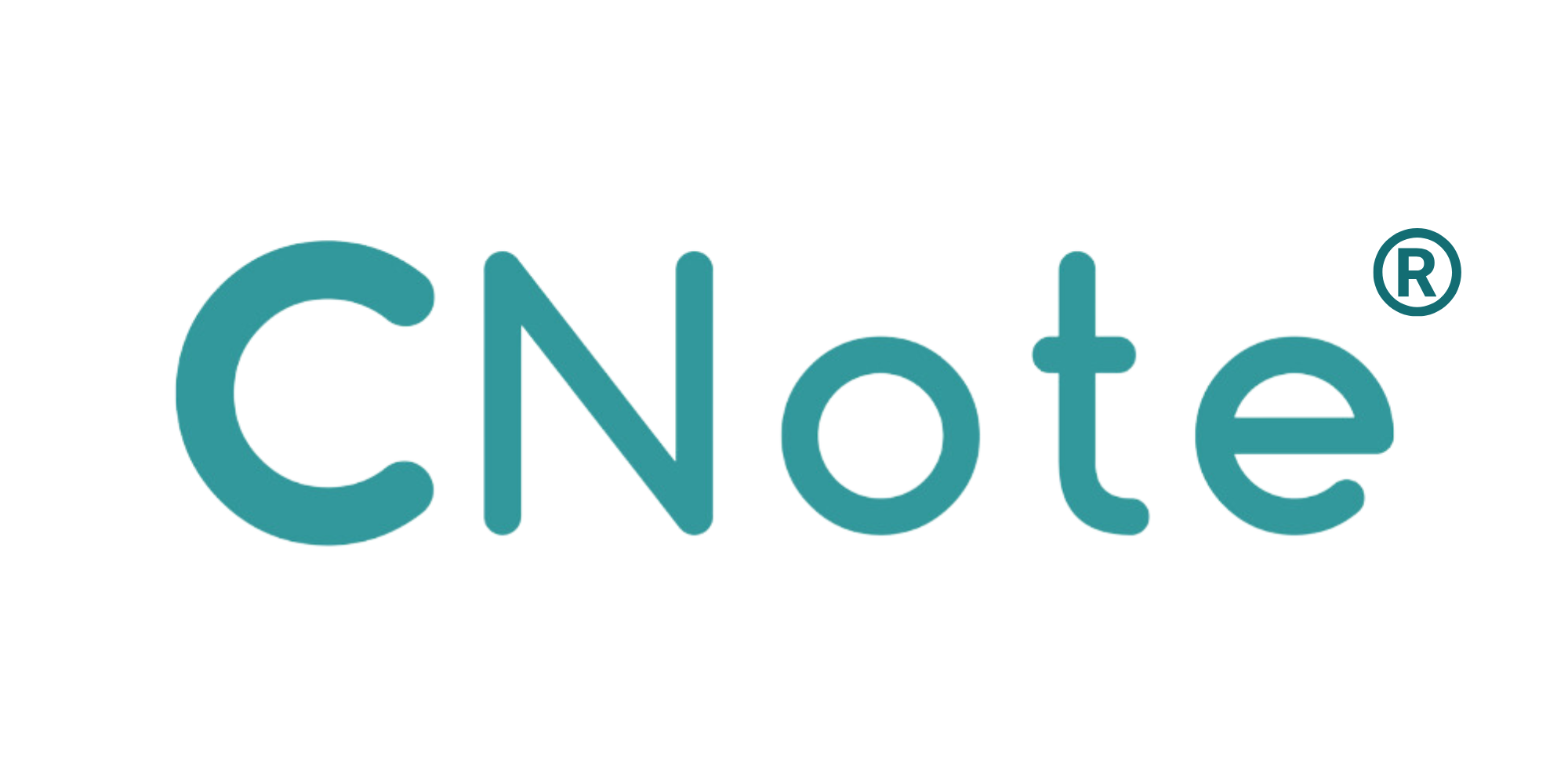By Tamra Thetford
In the intricate community infrastructure web, childcare and adultcare services often operate behind the scenes, yet they are foundational to economic stability and social well-being. These services enable parents to participate in the workforce, support the aging population, and foster intergenerational connections. However, providers in these sectors frequently encounter financial hurdles that threaten their sustainability.
Navigating Financial Challenges in Care Services
Childcare and adultcare providers often operate on extremely thin margins, typically less than 1%, making them vulnerable to financial disruptions. Two significant challenges include:
- Government Funding Cuts: Reductions in public funding can lead to decreased services or closures, disproportionately affecting low-income and rural communities where alternative options are scarce. For example, the expiration of pandemic-era childcare stabilization funds in 2023 placed over 70,000 providers at risk of closure, potentially impacting millions of families across the U.S..
- Delayed Reimbursements: Many providers depend on state reimbursements through programs like child care assistance or Medicaid. Payment delays can force providers to “float the gap”—covering payroll, rent, and supplies out-of-pocket—often without access to traditional credit. Reimbursements for subsidized care can be delivered up to 60 days after care has been provided.
The Role of Community Financial Institutions in Strengthening Care Infrastructure
Community Financial Institutions—such as community development credit unions, mission-driven banks, and loan funds—are purpose-built to serve individuals and organizations excluded from traditional banking services. Unlike larger commercial banks, these institutions specialize in lending to underserved sectors and take a holistic view of a borrower’s impact on the community.
In the childcare and adultcare sectors, Community Financial Institutions play a critical role by:
- Providing Flexible Capital: These institutions offer loans and lines of credit designed to meet the specific needs of small, service-oriented care businesses. That can include working capital to cover expenses during delayed reimbursements, start-up funds for new facilities, or financing for renovations and equipment purchases—types of lending that are often unavailable from traditional banks due to perceived risk or low profitability.
- Offering Technical Assistance: Community Financial Institutions don’t stop at lending. They often provide technical support such as business planning, financial literacy education, and help navigating regulatory and licensing requirements. This support increases the likelihood that providers will succeed, grow, and remain sustainable.
- Focusing on Opportunity and Access: These institutions are embedded in their communities and are often led by individuals with deep local knowledge. That allows them to understand and respond to the unique needs of low-income, rural, and historically under-banked populations. Their focus on these groups ensures that critical care services are available where they are most needed—not just where they are most profitable.
In this way, Community Financial Institutions fill a gap in the financial system. They ensure that care providers can survive financial shocks, expand when needed, and continue offering essential services that strengthen entire communities.
Empowering Entrepreneurs and Building Wealth
Operating a care facility is not only a service to the community but also an avenue for entrepreneurship. By owning and managing these businesses, individuals—often women and people of color—can:
- Model Business Ownership: Demonstrating self-determination, leadership, and financial independence to their children and their communities.
- Build Intergenerational Wealth: Establishing businesses that generate income, build credit and equity, and offer long-term financial security for their families and future generations.
Community Financial Institutions help make this possible by expanding access to the resources and networks that support not only business viability but long-term economic empowerment.
Conclusion
Childcare and adultcare providers are vital to the fabric of our communities, yet they often operate under financial duress. Community Financial Institutions offer a lifeline—providing mission-aligned capital and support to ensure these essential services continue to support families, caregivers, and local economies. By investing in care providers, we don’t just preserve critical infrastructure—we build more inclusive, resilient, and equitable communities from the ground up.
Tamra Thetford is Vice President of Impact Evaluation at CNote, a women-led technology platform that provides corporations, institutions, and individuals a simple, effective way to invest in under-resourced communities at scale. A community finance industry veteran with more than 25 years of experience, Thetford comes to CNote after leading impact data collection and analysis work at Justine Petersen Housing and Reinvestment Corporation and the Aspen Institute.


